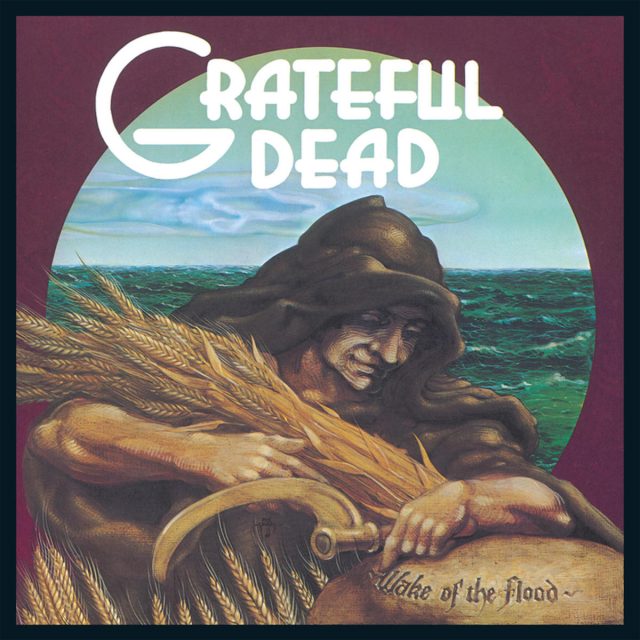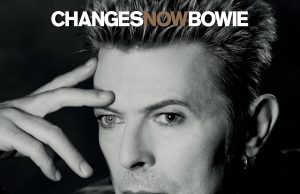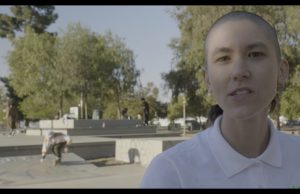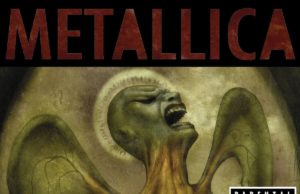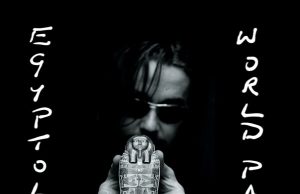THE EDITED PRESS RELEASE: “In 1973, following the recent passing of founding member Ron “Pigpen” McKernan and the temporary exit of drummer Mickey Hart, Grateful Dead released Wake Of The Flood.
As the debut from their own record label Grateful Dead Records, the studio LP marked a period of transition, growth, endurance and optimism for the band, introducing a fresh lineup that included new members Keith and Donna Godchaux on keys and vocals. While songs like Eyes Of The World, Stella Blue and Mississippi Half-Step Uptown Toodeloo were road-tested for more than half a year beforehand and have remained staples of live sets by any number of Dead-related bands ever since, the album and record label delivered both a profound artistic statement and proof of concept for the community, ideals and future the band were building. Together they ushered in a new era of Grateful Dead — one defined by hope, independence, ambition and accessibility — and in celebration of its 50th anniversary, Wake Of The Flood has been newly remastered and expanded with unearthed and unheard material.
Among the rarities: Previously unreleased demo recordings of Eyes Of The World and Here Comes Sunshine. Recorded in early 1973, just before the Grateful Dead performed on Feb. 9, the demos feature Jerry Garcia singing and playing a pair of new songs he and Robert Hunter had been creating. He presumably shared them with the rest of the band members so they could start learning, and amongst these demos was this beautiful, primitive rendition of Eyes Of The World. It provided the basis of what would become one of the Dead’s most beloved and frequently played songs for the next 20-plus years.
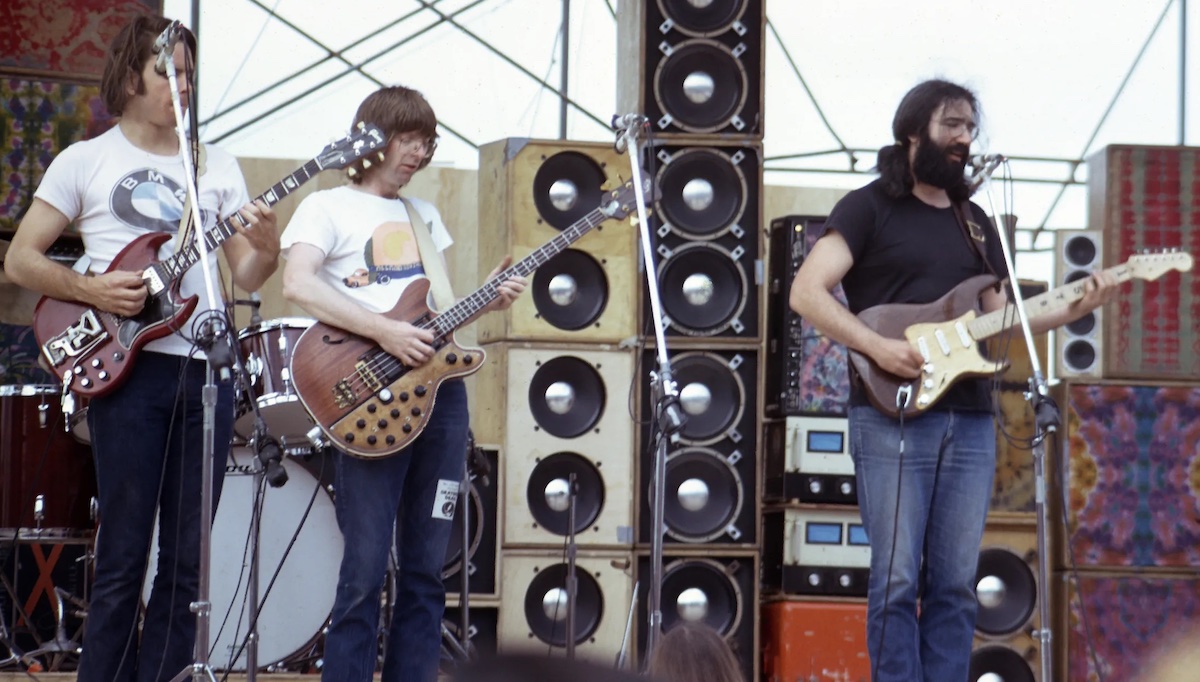
Additionally, the deluxe edition includes a bonus disc of live material from the final night of a brief tour that immediately followed Wake Of The Flood‘s release. Captured at Northwestern University on Nov. 1, 1973, the set is bookended with Weather Report Suite and Mississippi Half-Step and features one of the most creative and inspired jams of the entire run: Morning Dew> Playing In The Band> Uncle John’s Band> Playing In The Band.
Writing about the time he first heard Wake Of The Flood, Grateful Dead legacy manager and audio archivist David Lemieux says, “I was enthralled with the beautiful arrangements of some of the Dead’s greatest songs, everything so clear and present. The songs and vocal treatments all sounded so mature, like these were guys who knew things and they wanted to share what they’d learned in the eight years since forming the Grateful Dead. And what REALLY caught my ear were the many additional sounds that were striking at first, but I can’t imagine these songs, on this record, without these many additional contributors.”
During the summer of 1973, Grateful Dead’s impact was beginning to expand in ways that surprised even them. That August, just weeks after the Watkins Glen concert brought 600,000 fans to a New York raceway to hear the Dead, the Allman Brothers Band and The Band, the Dead primarily recorded Wake Of The Flood in just nine days at Sausalito’s Record Plant. In addition to Garcia, Bill Kreutzmann, Phil Lesh and Bob Weir, plus Keith and Donna Godchaux, Wake Of The Flood sessions welcomed friends and musicians who provided everything from vocals and percussion to horns, harmonica, and even fiddle, courtesy of bluegrass legend Vassar Clements. The breadth of instruments and arrangements gave Wake Of The Flood a tapestry of tones that Garcia would further embellish with pedal steel and pastoral feelings.
In the new liner notes, former UC Santa Cruz Grateful Dead archivist Nicholas G. Meriwether writes that with Wake Of The Flood, the Grateful Dead were “not only building a musical microcosm, a unified narrative that described the state of the Dead’s project, but also providing an example of what that project could accomplish, what it was designed to do: To create a viable alternative, an artistic vision of the beauty that could be created within and despite the sad, messy strife of the world… And they let that message speak for itself. In an album rife with religious imagery and overtones, they never preached; they just revealed.”
















